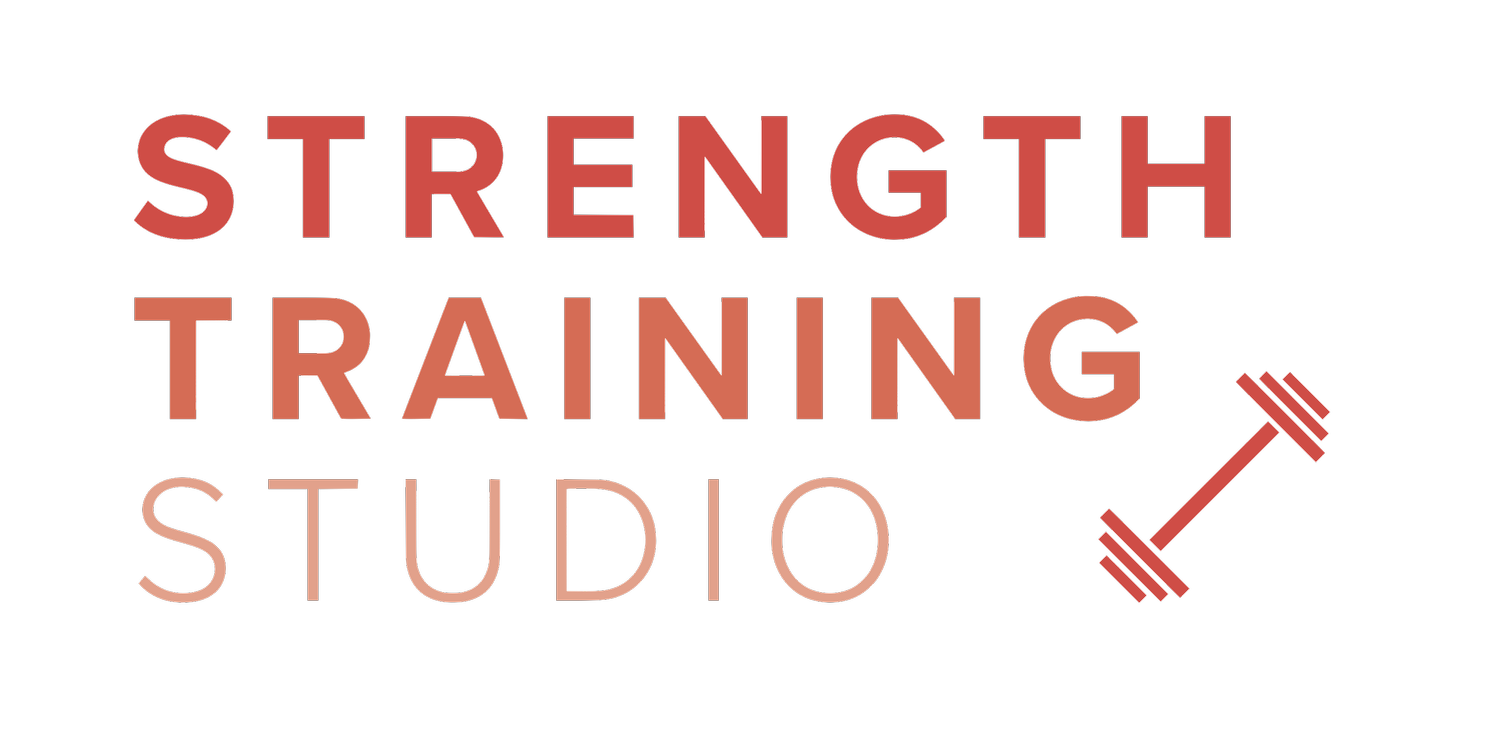Why are people drawn to clean eating?
It’s always been a hot topic in the wellness/fitness world, but this trend has just reached new heights of popularity…
Every week there is another thing you need to cut out.
One week it's dairy, the next week it's meat.
In the world of nutrition and weight management, the term "clean eating" has gained significant popularity. However, along with its rise in popularity, there has been a surge in misconceptions and myths surrounding what clean eating truly entails.
Let's dive into myths, explore why people are drawn to clean eating, clarify what it actually means, and discuss how it can be an effective tool for weight loss when done right.
Dispelling Myths Surrounding Clean Eating
One of the most prevalent myths about clean eating is that it requires strict adherence to a specific list of "clean" foods while completely avoiding anything deemed "unhealthy." This black-and-white approach can lead to feelings of guilt and deprivation, ultimately making it unsustainable for many individuals.
Another misconception is that clean eating is synonymous with extreme dieting or restrictive eating patterns which could lead to unhealthy eating behaviours later on.
In reality, clean eating emphasises whole, minimally processed foods while allowing for flexibility and moderation. It's not about perfection but rather about making informed choices that nourish the body and support overall health.
Understanding the Appeal of Clean Eating
People are drawn to clean eating for various reasons, including:
- A desire to improve their health;
- Increase energy levels and;
- Achieve or maintain a healthy weight.
The abundance of highly processed foods in modern diets has led many individuals to seek out cleaner, more nutrient-dense options.
Defining Clean Eating
Clean eating is about prioritising whole, nutrient-rich foods while minimising or avoiding processed and refined options. This includes plenty of fruits, vegetables, whole grains, lean proteins, and healthy fats.
It also involves being mindful of portion sizes and paying attention to hunger and fullness cues. However, it's essential to recognise that clean eating is NOT a one-size-fits-all approach.
What constitutes "clean" eating may vary depending on individual dietary preferences, cultural influences, and health goals.
The key is to focus on quality, balance, and moderation rather than rigid rules or restrictions.
How Clean Eating Can Facilitate Healthy Weight Loss
Nutrient Density: Whole, minimally processed foods are typically lower in calories and higher in essential nutrients like vitamins, minerals, and fibre. By prioritising these foods, you can satisfy your body's nutritional needs while consuming fewer calories overall.
Satiety: Whole foods tend to be more filling and satisfying than their processed counterparts due to their higher fibre and protein content. This can help prevent overeating and promote better appetite control, ultimately supporting weight loss efforts.
Improved Metabolic Health: Clean eating promotes stable blood sugar levels and reduces inflammation, both of which are associated with improved metabolic health and weight management.
Mindful Eating: Clean eating encourages mindfulness around food choices, portion sizes, and eating habits. By tuning into your body's hunger and fullness signals and making conscious food choices, you can develop a healthier relationship with food and prevent mindless eating.
Remember, the key to successful weight management lies in consistency, moderation, and finding a dietary approach that works best for you
